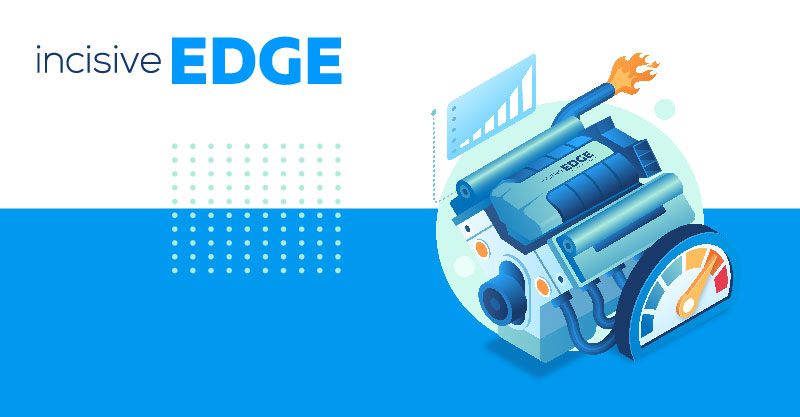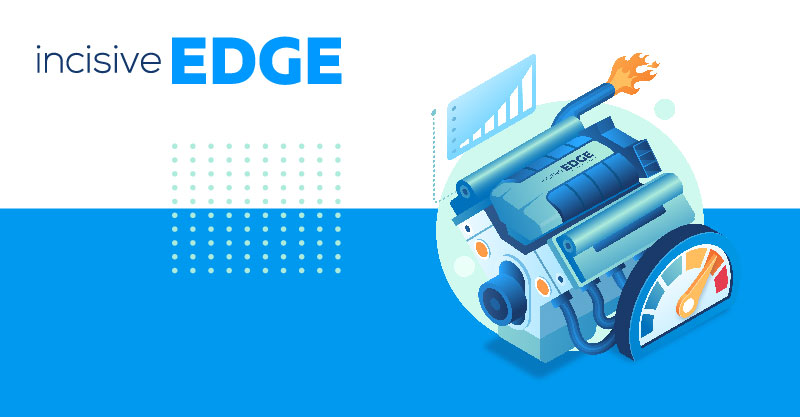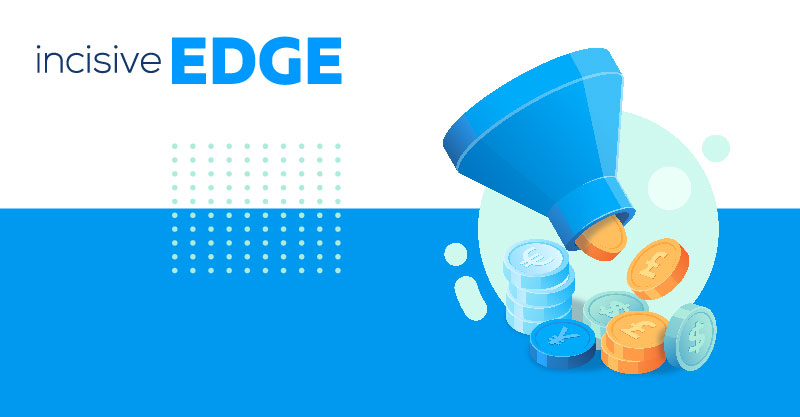Inbound lead generation agencies are there for a reason. In this ‘always on’ 24/7/365 world, it’s harder than ever for a company to stand out from the crowd and connect with potential new customers.
There has been a lot of thinking in recent years into the study of lead generation strategies, particularly, B2B lead generation with many column inches, both online and in traditional media, devoted to the topic.
In recent years, there has been significant contemplation surrounding the study of inbound and outbound lead generation strategies, especially in the realm of B2B lead generation. Extensive discussions, both in online and traditional media, have revolved around the development of an effective inbound lead generation strategy, tailored to your specific product or service.
Myths that we aim to debunk now:
Myth 1: Inbound lead generation is a numbers game, “Throw enough mud…”
Clearly, if you have 100 leads going into your sales funnel, it’s likely that you will be more successful than if you have only 5. However, blind pursuit of numbers is a mistake.
Chasing a large number of 'never-will-be' customers is an expensive and wasteful approach. It's a great way to qualify the inbound leads through a rigorous lead screening process into the smaller number of people who are genuinely interested and actually fit in the market for your solutions. This process helps identify a sales qualified lead SQL.
Your lead screening must always start with the creation of your targeted buyer personas – a fictional representation of your ideal customer.
Check out the following articles to learn more about inbound marketing:
- What Are the Five Fundamentals of Inbound Marketing?
- Top 5 problems inbound marketing solves for your business
- Top 10 reasons to work with an inbound marketing agency
- Inbound v outbound marketing: Top differences in 2023
Myth No. 2: Cost per lead is the key element
A lead, per se, has no value (indeed, it can represent a significant cost). It is only when it becomes a customer that an organisation gets a return on its investment of both time and money. Consequently, the key metric to consider is not the cost per lead generated, but the cost per new customer acquired, within the context of the average lifetime value of that customer.
Myth No. 3: The sales funnel is just that, for the Sales department
The traditional model has it that marketing initiatives generate leads which are fed into the sales funnel, whereupon they become the ‘property’ of the sales department. If this was ever true, companies certainly cannot afford to think this way nowadays.
There are so many ways for organisations to interact with inbound lead generation strategies, email addresses, and make sure of their effectiveness without hampering themselves in some kind of 'corporate bun fight'. The process of qualifying leads and then matching offerings to them via an understanding of their likely buyer persona/s and buyer journeys is a critical task of marketing.
If a business is serious about its inbound lead generation, it will use its digital platforms to engage with leads and customers alike. This engagement is a vital business task which will have a critical effect on income and growth.
Myth No. 4: Inbound lead generation can be adequately achieved with landing pages
It’s a valid marketing tactic to drive leads to various landing pages to get customer data before giving away content.
But there is far more to inbound and digital marketing than just landing pages.
Potential leads often quit a landing page out of frustration. Leads are not interested in your company at the outset, they are looking for information to solve their own problems and this is what your efforts should address.
When a lead generation inbound finds your site via a search engine, make it easy for the lead generation inbound to get information and encourage the lead generation inbound to stay. Avoid the organic -v - paid link and landing site funnel. The lead has no interest in your marketing metrics, sales qualified leads, and avoiding this will result in a better corporate reputation for you, fewer frustrated leads, and, most importantly of all, a shorter sales cycle.
Myth No. 5: In lead generation all leads are created equal
Under the traditional ‘Pile as many leads as possible into the sales funnel’ approach, there was little or no way to differentiate between leads. As a consequence, all were treated equally and pursued.
The “No Lead Left Behind” mantra became a way of life. It was slow, costly, frustrating, and did not (usually), hit the targets set for it.
Having fewer, but more qualified leads in the funnel is the way to go.
Once this is done, depending on the leads’ responses to messages and offers, an assessment can be made as to where in the buying journey each lead is and therefore the precise nature of the content and offers most likely to appeal to them.
The best way to ensure this is to know what type of lead you’re looking for.
Have a clear ideal lead profile defined and be clear on which processes, offerings and propositions will follow. These are easily planned, monitored and executed by well set-up marketing automation processes.
Myth No. 6: The scoring of leads can be done by identifying their source
Traditionally, subjective measures were used to classify and qualify leads. As well as being incorrect, this can be time-consuming and frustrating. It's easy to set up a free trial and inbound marketing, such as offers and sign-up infographics, to capture customer preferences and interests directly, rather than relying solely on whim or 'gut-feel'.
Myth No. 7: Customers will easily engage with famous brand names only
Having a reputable and respected brand name is never a bad thing. However, it’s not enough on its own to guarantee the attention, much less engagement of potential leads.
The corollary is also true.
A small start-up can perfectly easily engage with leads, even if it’s unknown to them at first, providing they offer genuine value and are focused on the customers’ needs, not the seller’s.
Myth No. 8: Social Media does not work in generating leads
Some commentators have suggested that social media is not effective as a tool for generating leads. Others are still (despite all the evidence to the contrary) suggesting that social media is a fad that is already on the wane.
Whilst it may well be true that when asked, many potential prospects say they are not influenced by social media when making purchase decisions, the fact remains that the SM ‘buzz’ around products does have an influence.
The most powerful marketing force on Planet Earth is a recommendation from someone we know and whose opinion we trust.
Social Media offers a unique opportunity for an organisation to have a conversation with potential customers. At the very least, this is valuable market research and can be an important tool in helping a business to qualify and engage leads, to drive its inbound lead generation process.







